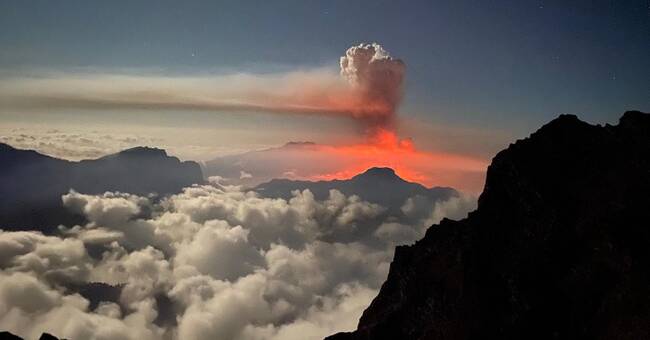- This looks like The Lord of the Rings, a real Mordor picture.
This is how the professor of solar physics describes the image of the volcanic eruption at La Palma.
From the Swedish solar telescope high up in the mountains, the researchers got a unique view of the volcano Teneguía in September this year.
- It's really cool to see it for real.
It was almost an apocalyptic feeling, where you did not really know what would happen, says Jorrit Leenaarts who works with the observatory at La Palma.
Known for its soft air
The observatory with one of the world's largest solar telescopes is located on the highest point of the island - a dead neighboring volcano, 20 km from Teneguía.
Where the telescope stands, the air is usually among the softest on earth and an optimal place to observe the sun.
By "soft" is meant that it moves smoothly without turbulence.
Since the outbreak, however, work has been limited to almost half.
When the wind turns towards the observatory, the solar telescope is covered by volcanic ash and cannot be used.
- If ash is blown against the lens, it gets scratched.
It is a daily assessment.
It all depends on the wind - it both blows both the ash and blows it away, says Jorrit Lennaarts.
Researchers left the site
When the volcano opened, a researcher from Sweden and three researchers from Norway were at the observatory.
Everyone chose to quit their jobs earlier because of the incident.
Mainly due to concerns about canceled flights.
A local employee still lives and works on site.
- We have not received any recommendation to move from the observatory, so someone has always stayed.
But those who came from abroad thought it felt too uncomfortable and chose to go home, says Jorrit Leenaarts.
In November, the observatory closes for the season and reopens in the spring.

